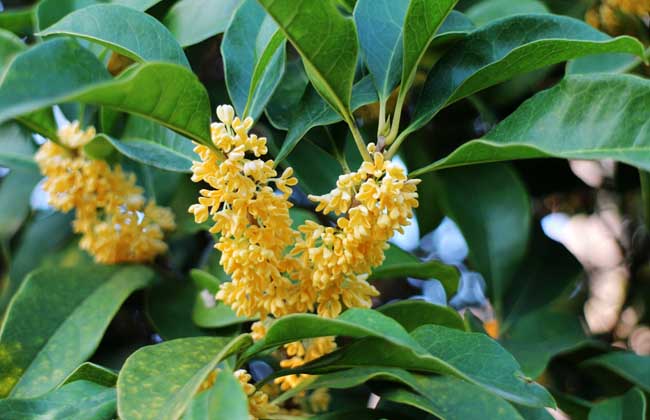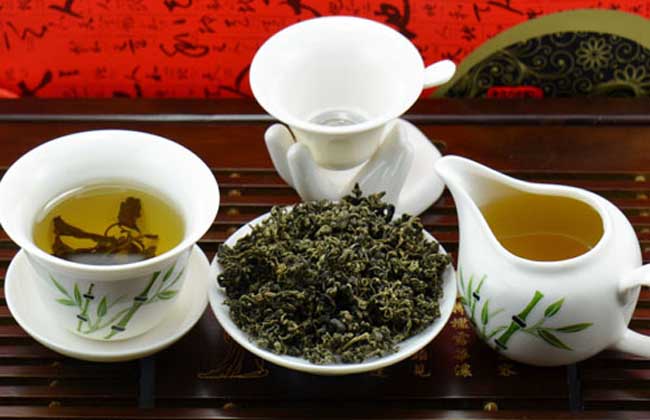How much is a cinnamon tree?

Jin Gui is a variety of sweet-scented osmanthus, and it is also a variety of sweet-scented osmanthus with high ornamental value, economic value and practical value. the flowers are golden, fragrant and green, and the ornamental value is the highest among many sweet-scented osmanthus flowers. It has been widely cultivated and nurtured in ancient times, and now it has been extended to all parts of the country. Let's take a look at how much each osmanthus tree costs.
How much is a cinnamon tree?
.stabs td {text-align:left Text-indent:0.5em} Class specification price tree ball (crown width) 1m 60 yuan 1.5m 120 yuan 1.8m 160yuan 2m 180yuan 2.5m 240yuan 350m 350m 4m 2500 yuan 5m 13000 yuan (breast diameter) 2cm 25 yuan 3cm 4cm 4cm 4cm 60yuan 5cm 660cm 7cm 7cm 3509 cm 650yuan 10cm 13000 yuan
Note: the one-year-old seedlings cultivated by cutting and cutting should not be used as green seedlings immediately because of their poor ability to resist drought, cold and barren. They should first be transplanted to the nursery and continue to be cultivated for 2-5 years, and then transplant after they grow into middle seedlings.
Variety Classification of Osmanthus fragrans
1. Cinnamon: the flowers of cinnamon are orange in color, rich in smell, thick in leaves and dark in color. It usually blossoms in autumn and is very dark, mainly orange, orange and scarlet. Cinnamon is divided into full strip red, Yan red cinnamon, zhuangyuan red, cinnamon, abortive cinnamon and hard leaf cinnamon.
2. Cinnamon: the flowers of cinnamon are golden yellow, and the smell is lighter than that of cinnamon, and the leaves are thicker. Jin Gui blossoms in autumn, and the color is mainly yellow (lemon yellow and golden yellow), which is divided into ball cinnamon, golden cinnamon, narrow leaf cinnamon, willow leaf osmanthus and golden autumn early cinnamon and many other varieties.
3. Silver osmanthus: the color of silver cinnamon flowers is white, slightly yellowish, the leaves are thinner than other cinnamon trees, and the fragrance of flowers is almost the same as that of cinnamon. Silver cinnamon blossoms in autumn, the color is mainly white, pure white, milky white and yellowish white, very few special ones will be light yellow, divided into jade linglong, willow leaf silver cinnamon, long leaf early silver cinnamon, seed silver cinnamon, Baijie, early silver cinnamon, evening silver cinnamon and Jiulong cinnamon and so on.
4. Four seasons cinnamon: there are also many people called laurel, the flowers are slightly white, or yellowish, the aroma is lighter, and the leaves are relatively thin, the biggest difference with other varieties is that it blossoms throughout the four seasons.
Cultivation techniques of Cinnamomum chinense
1. Soil preparation and fertilization: acid sandy loam with sufficient light, deep soil layer, rich humus, strong permeability and convenient drainage and irrigation was selected as cultivation nursery. In the autumn and winter of the previous year, the nursery was reclaimed once, and the holes were dug according to the plant spacing of 1 × 1.5 m and the planting hole of 0.4 × 0.4 × 0.4 m. 2kg of mature farm manure and 0.5kg of phosphate fertilizer were applied to each hole as base fertilizer. Mix the base fertilizer with the surface loam and fill it into the hole. After being eroded and fermented by winter snow and spring rain, fertilizer is easy to be absorbed by seedlings.
2. Timely transplanting: Jingui is the best when the sap has not yet flowed or just flowed, usually from early February to early March. When taking seedlings, leave more roots and hurt less roots as much as possible. After taking seedlings, they should be planted as soon as possible, and those who need to adjust seedlings from other places should pay attention to moisturizing to prevent seedlings from dehydration. After planting, the soil should be compacted and watered once, so that the root system of the seedling is closely connected with the soil.
3. Water and fertilizer management: after Jingui transplanting, if heavy rain causes stagnant water in the nursery, trenches should be dug to drain water. In case of drought, water should be watered to fight the drought. In addition to adequate basic fertilizer, fertilizer should be applied three times a year, that is, 0.1-0.3 kg of available nitrogen fertilizer per plant in late March to promote its height and shoot growth, and 0.1-0.3 kg of available phosphorus and potassium fertilizer per plant in July to improve its drought resistance. 2 kg of organic fertilizer (such as farm manure) was applied per plant in October to improve its cold resistance and prepare for overwintering.
4. Pruning and shaping: Jin Guimeng shoots twice a year in spring and autumn. if the buds are not pruned and wiped in time, it is difficult to cultivate tall plants, and it is easy to form the phenomenon of upper strong and lower weak with dense upper branches and rare lower branches. When pruning, except for those with poor growth due to tree potential and branch potential, it is generally dominated by branch thinning, and the sprouting and tillering branches from the base of the trunk should be erased in time so as not to consume nutrients in the tree and disturb the shape of the tree.
5. Loosen the soil and weed: Jin Gui is ploughed once in spring and autumn combined with fertilization to improve the soil structure. The ability of cold resistance can be enhanced by building a base once before overwintering and painting the trunk white once. Weeding 2-3 times a year to prevent weeds from competing with seedlings for water, fertilizer and light.
Related
- A course of planting techniques and methods on how to grow carrots
- How to plant the latest tulips?
- Is it better to pick tea in the morning or in the afternoon? When is the best time for tea to be picked? what is the third or fifth tea?
- Launch Yuanxiao Happy combination Haocha + Tea Yuan healthy Taste
- Penghu Tourism "Fireworks 20 Parade with You"
- 2022 West Lake Happiness holds "Digital Revitalization Voucher" and draws iphone13 and laptop.
- Banqiao Fuzhou social houses are designed to change start-up combined with police elimination to create a safe and livable environment
- The convenient measure of "mechanical weeding" in Xinbei has been abused and the Agriculture Bureau has imposed heavy penalties on the illegal land consolidation.
- Changgeng University Joins Hands with Four Memory Factories to Rescue Memory Talent Shortage
- The list of Taiwan's top 100 MVP managers is listed by the Director-General of the Farmers' Association of Sanxia District.



